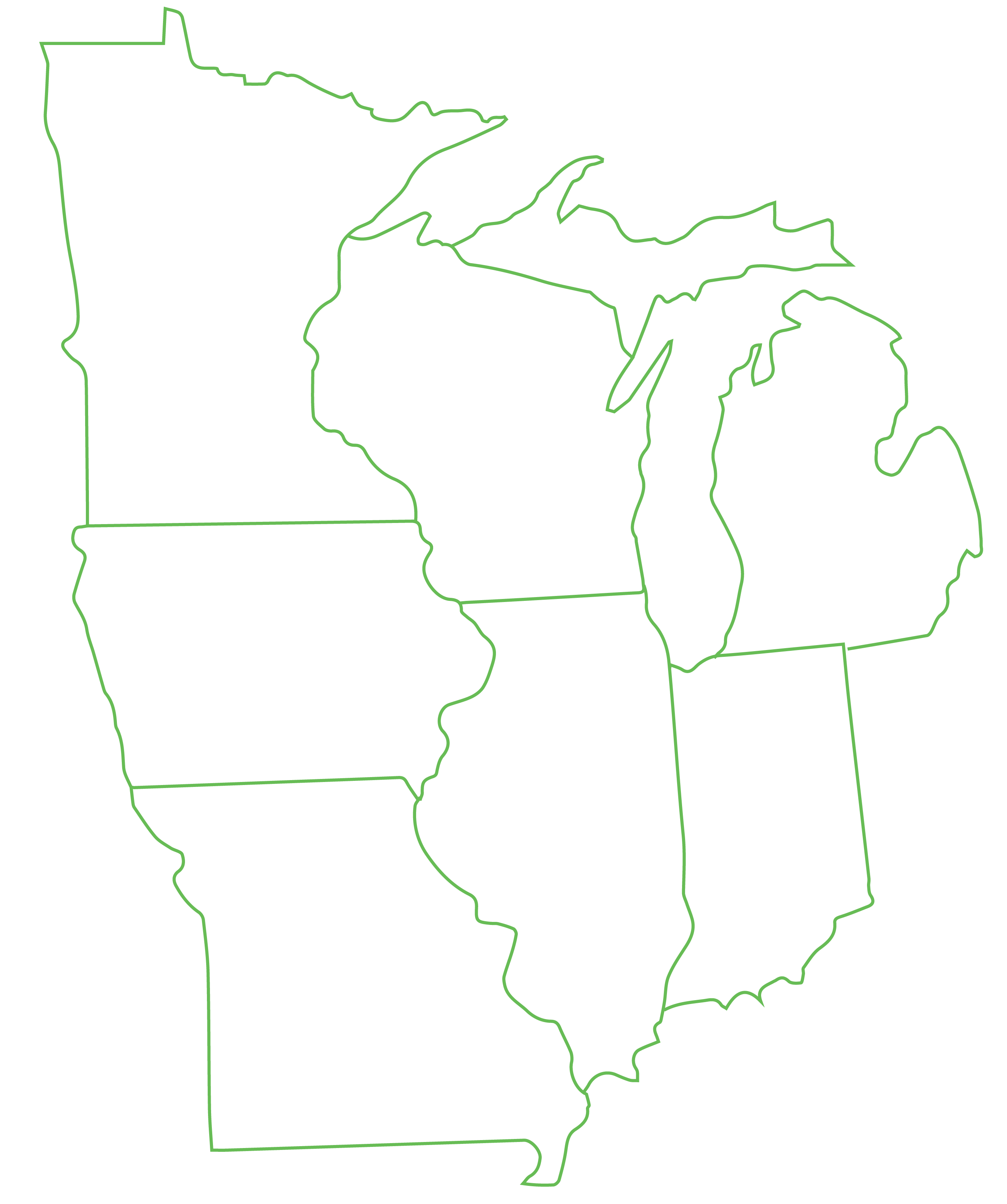Understanding Abandonment
Diana Noh
I am drawn to places that are forgotten. I am drawn to everything that isn’t whole: the unstable, the worn out. Odd numbers, deconstructed buildings, abandonment. I empathize with abandonment. Not that I think it’s pretty or appealing. There is more I see under the surface. An architecture is sitting there, and for so long that it became a part of the landscape. It doesn’t attract people’s attention anymore because people cannot remember when it started. Buildings that once blossomed in people’s hopes and dreams. Dreams of a house to become a safe haven for a family, or possibly an incubator for creating, for providing for oneself and a family. I hope these buildings can find peace eventually, regardless if that means returning to the earth and becoming a fertilizer for new born trees and flowers, or providing ground for new architecture to be built.
Diana Noh
I spent 15 years of my life in Korea, and then 13 years in the United States of America. Both cultures are extremely different. I was so confused in Korea as a young kid. Failed to adjust. I was a weirdo in Korea, and now I am a weirdo here in the States. The environment I grew up in did not allow me to be selfish. As a result, I bottled my thoughts, fears, and feelings into a closed space that I thought I would never open again. But as I poured more flawed mindsets into the bottle, eventually it started to crack. I needed to fix the bottle before it shattered. I was afraid that I would not be able to secure the only thing that kept me sane.
Diana Noh
I do not choose to photograph abandonment. I just need to do it. I struggle to explain why in words, but I try to show it with my photographs. There is more beyond the appearance. I see my beat-up self when I am staring at these buildings. It becomes a stand-in for my own neglected body. The history the building carries, the time embedded in the chipping paint, the structural frame that tells what the building was before it started falling apart. You can see the scars that are left behind in the building itself. The language is subtle, but extremely strong. The more time I spend in the building through my view finder, the more I see, understand,, and learn about what the building wants me to know. It is open, but closed. If you are willing to see what is beyond the surface, the building will allow you not only to understand it, but to sympathize with it. Hoping to comfort myself that it is okay to continue living without means, without drowning myself with responsibilities that never were mine. Convincing myself it is not selfish to live for myself. To care for myself, since I am the only person in this world who fully can.
Diana Noh
I have focused on these aspects in my work since starting photography when I was 14. Korea is packed, and we have minimal lands with maximal people. I traveled all around Korea, mainly to Gyeongju, Gyeonggi, Ulleung Island, and Jeju Island. In these areas, usually you can find abandoned buildings. I do not seek abandoned buildings, but when I walk around these areas, I end up walking into these structures. The same thread continues here in Detroit. While I was studying for my Masters in the Detroit Metro Area, the surrounding environment where I lived allowed me access into these sitting structures. Detroit, Belle Isle, Pontiac, and Troy are the main areas where I took photographs. One thing that was different from Korea was that mostly, you are not allowed to walk easily into the buildings in Detroit. The majority of them are locked. This could be for safety reasons, but these buildings still stand as a symbol for Metro Detroit and hold historical value. While I don’t fully culturally understand these buildings, I continue to make this blending and hopeful effort to show my appreciation for them. As my understanding grows, the original attraction I had towards these locations stays the same, and so I slowly see, understand, and appreciate more cultural differences between the States and Korea.
Diana Noh
In order to be social, in order to love other people, first you need to understand yourself, and furthermore, to love yourself intactly. Walking into these abandonments is self-therapy. It is a journey I make to understand and embrace myself as I am, so I can eventually stop being self-destructive and feed love to myself and others.
Diana Noh










